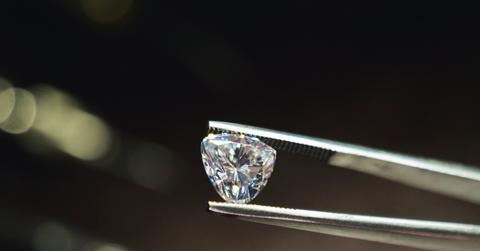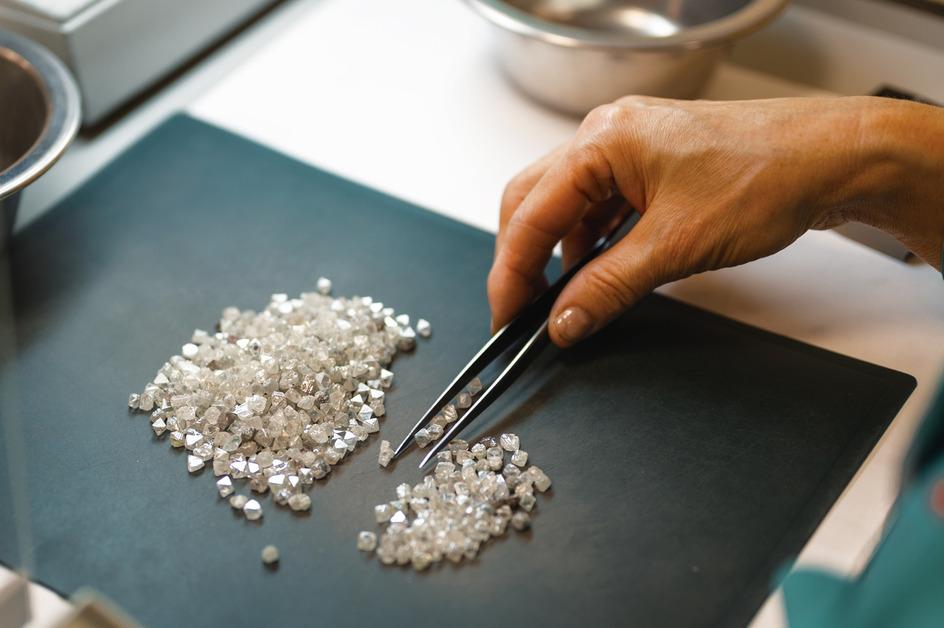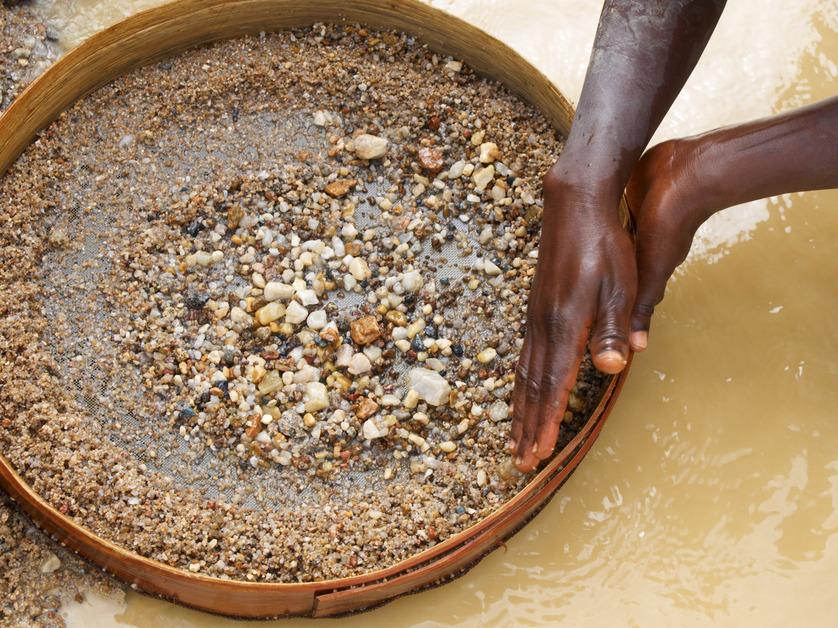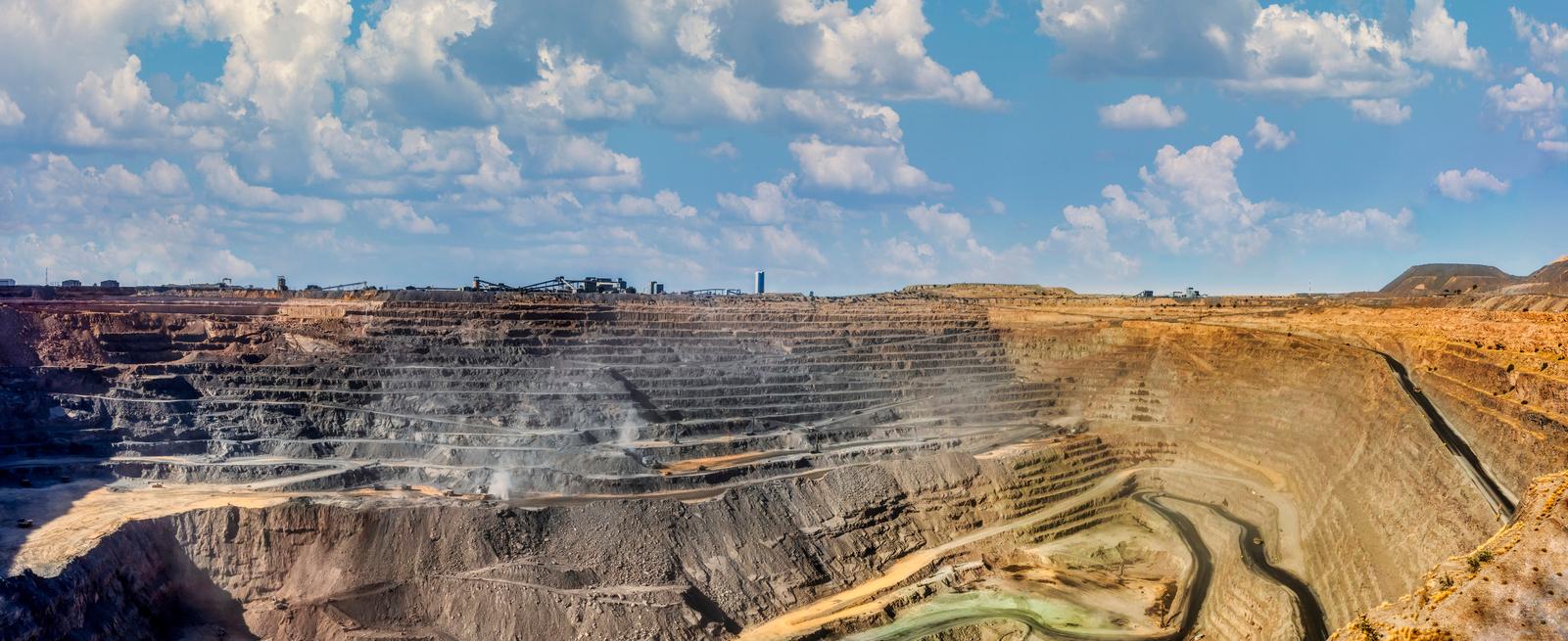What Are the Disadvantages of Lab-Grown Diamonds? What to Know Before Picking a Stone
Published Aug. 10 2023, 2:54 p.m. ET

Whether you're on your way to Tiffany's or just want something sparkly to wear, lab-grown diamonds have emerged as a cheaper and more sustainable alternative to mined diamonds. Mined diamonds contribute to soil erosion, deforestation, and significant habitat loss, amongst other issues.
However, lab-grown diamonds have drawbacks, such as inconsistent quality, longevity, and environmental impacts. So before investing, ensure you know the disadvantages of lab-grown diamonds.
Here's everything you should know.

What are the disadvantages of lab-grown diamonds?
Lab-grown diamonds are diamonds made in a lab using methods and chemical reactions that emulate how diamonds are made naturally. They have risen in popularity as an alternative to mined diamonds, which are expensive and harmful to the environment. However, lab-grown diamonds do have some drawbacks of their own, per Minutehack.
Firstly, lab-grown diamonds may not be as valuable as mined diamonds because they are not seen as unique, singular diamonds. Because they are manufactured, their value is not always equal to a single diamond mined from the earth that took millions of years to form, per Harpar's Bazaar Arabia.
Although deemed the more sustainable option for mined diamonds, lab-grown diamonds still have an environmental impact. According to Plum Diamonds, the diamond growing process takes a lot of energy, anywhere between 250-750 kilowatt hours (kWh) per rough carat. That's up to 25 times the average U.S. household's electricity daily, per Jackery.
There are also questions about the durability of lab-grown diamonds. They are relatively new to the jewelry industry, not sold until the 1980s, per With Clarity. Therefore their shelf life is still unclear, whereas mined diamonds are sold to last forever, per Leibish.
What are the advantages of lab-grown diamonds?
Despite their shortcomings, lab-grown diamonds have grown in popularity because of their many advantages.
They are not mined like traditional diamonds but are still considered real diamonds because they are made by mimicking the chemical processes that form a natural diamond. However, they can cost as much as 40 percent less than a mined diamond, which thus increases the accessibility of real diamonds, per Minutehack.

Lab-grown diamonds are also much more environmentally friendly than mined diamonds. Although they require significant energy, their overall usage is still much less than what is needed for mining machinery and operations. Additionally, diamond mining requires a significant amount of water and can result in harmful mining pollutants entering local water sources, per Evermore.
One of the most visible impacts of diamond mining is the significant deforestation and habitat destruction. Miners have to clear land, which can disrupt ecosystems, including the welfare of surrounding communities, whereas lab-grown diamonds do not require any habitat disruption.

Traditional mined diamonds also come with a lot of human rights issues. Mining operations have historically led to community displacement, often of minority or indigenous populations, and have also utilized forced labor, per Evermore.
Whether lab-grown or mined, buying a diamond can be a major investment. It's important to remember that you are voting with your dollar and do your research on the product and industry you are supporting when buying.